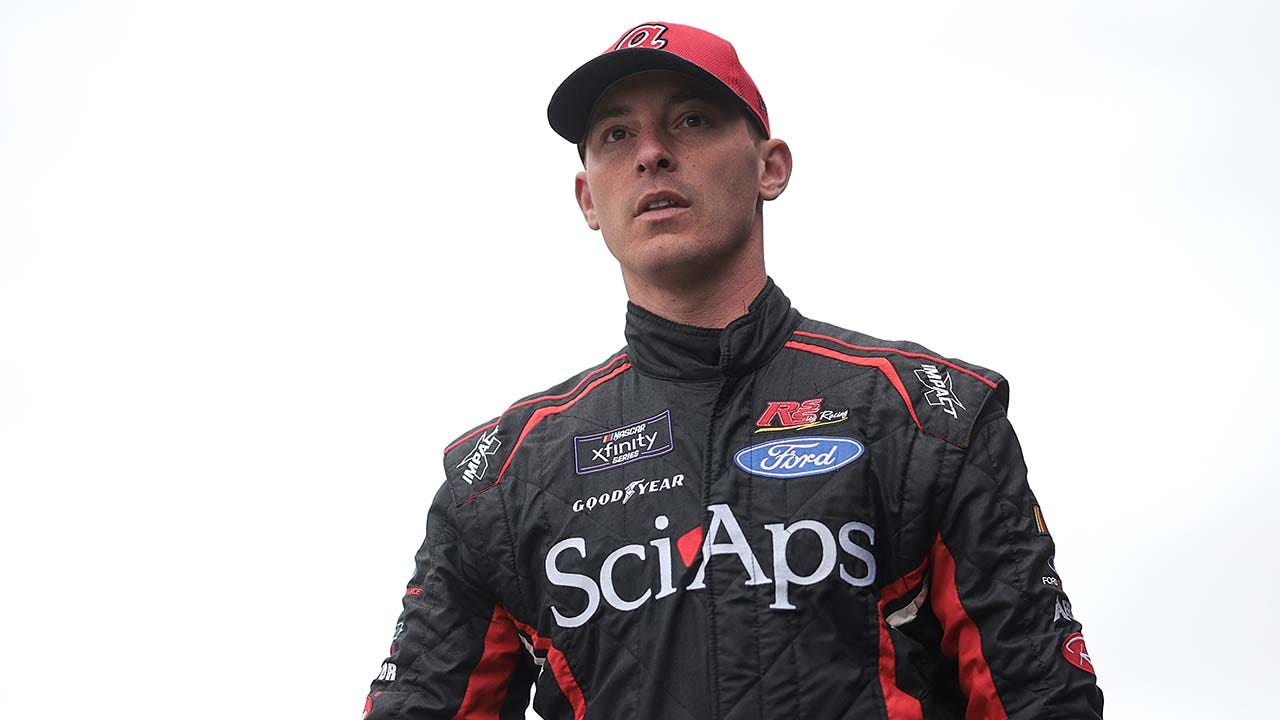DETROIT -- Elon Musk's move to lay off the department responsible for Tesla's electric vehicle chargers has touched off worries in the auto industry that EVs from other automakers will have trouble joining Tesla's network.
Several leaders of Tesla's Supercharger team posted social media messages saying they were told Monday night that entire group of about 500 had been laid off by CEO Musk, who seemed to confirm the move in a posting Tuesday on X, the social media site he now owns.
“Unfortunately the charging organization at Tesla is no more,” Lane Chaplin, who identified himself at a former leader of Tesla real estate acquisition for charging in North America, posed on LinkedIn.
The tech news site The Information, The New York Times and others reported that Musk told managers of the layoffs in an email.
Cutting the charging department raised questions in the industry about whether adding EVs from other automakers would work with no staff to support adding vehicles made by other automakers. But Ford, the first in the industry to sign up with Tesla, said its plans to join have not changed.
General Motors was a little more cautious. “We are continuing to monitor the situation regarding changes to the Supercharger team and the potential impacts,” it said in a statement.
Nearly all other automakers selling electric vehicles in the U.S. have signed up to join Tesla's Supercharger network, which has the most plugs of any network in the nation. It also has stations strategically located along interstate highways and other travel corridors. Tesla has 2,261 fast-charging stations nationwide with 25,491 plugs, according to the Department of Energy.
Opening the network was seen as a big victory for Tesla, which would get added revenue from owners of EVs purchased from other companies. Expanding access to the network, which previously had been accessible only to Tesla owners, also helped to allay fears that there weren't enough charging stations for EV owners to travel without running out of juice. The industry also switched to Tesla's charging plug, which now has become the standard.
Sam Abuelsamid, principal e-mobility research analyst for Guidehouse Insights, said Musk's decision is puzzling because gutting the charging department comes just as hardware and software from other automakers is being integrated into Tesla's network. “To do that and maintain that, you need to have a staff that can go out there and keep the hardware running, keep the software working,” he said.
There's a significant risk that Tesla's network will be less reliable, with EVs from other automakers having difficulty communicating with the chargers, Abuelsamid said.
Musk, he said, may see the Supercharger network as a money-loser despite opening it to other automakers, so he's cutting expenses there in an effort to restore profit margins, which have been reduced as EV sales have slowed.
There are significant costs for electricity, to install new chargers, and to maintain the network and keep it reliable, Abuelsamid said.
A message was left Wednesday seeking comment from Tesla on the impact of the cuts.
Tuesday on X, Musk wrote that Tesla still plans to add to the Supercharger network, “just at a slower pace for new locations and more focus on 100% uptime and expansion of existing locations.”
Musk has been cutting employees in an effort to slash costs amid falling sales and slowing demand for electric vehicles. Earlier this month the company said it would lay off about 10% of its global workforce of 140,000.
Shares of Tesla were down 1.2% in midday trading Wednesday. They have dropped in value by more than 27% so far this year, but had a bit of a rally in the past week after the company’s first-quarter earnings conference call.

 4 hours ago
12
4 hours ago
12










 English (US)
English (US)